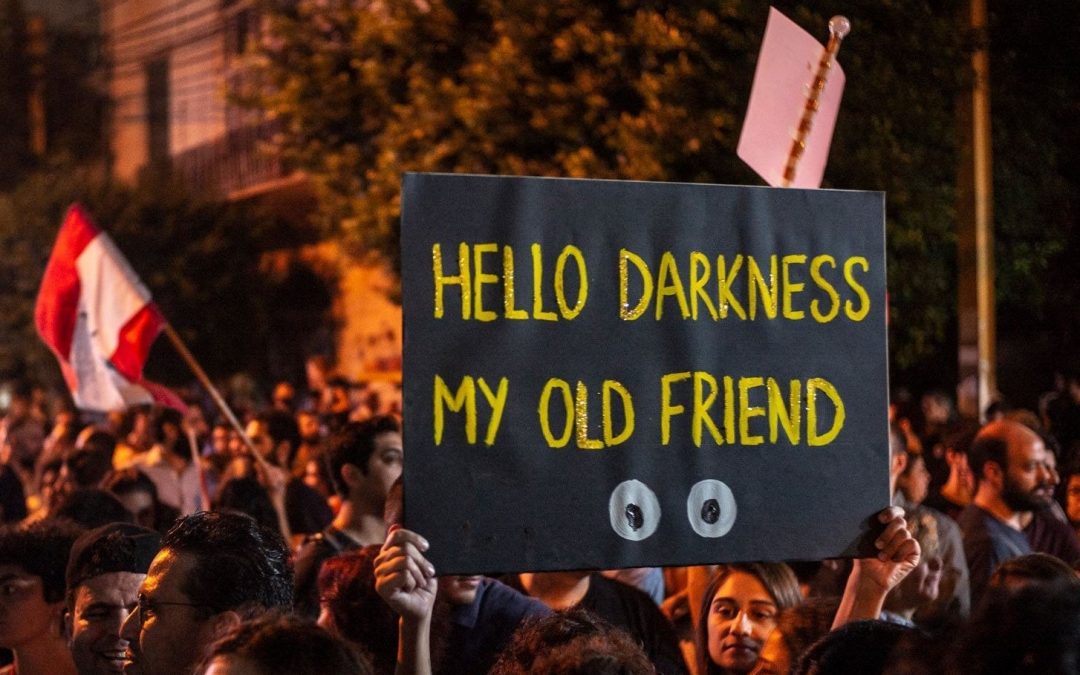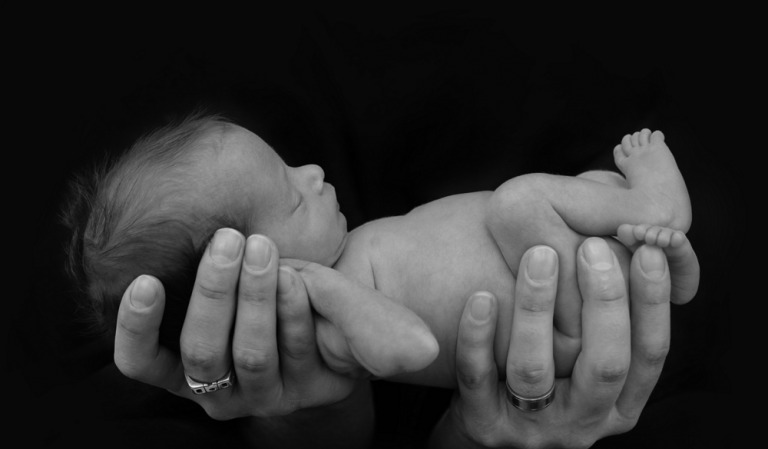
by Maya El Gharib | Nov 30, 2021 | Dashboard, Visualization
Going through the different phases of the data visualization chain, from data exploration to creating a fully functional and adaptable Tableau dashboard, reinforced the important role that data analysis plays in today’s world, and no company should be falling behind the wave – including our client. A growing jewelry brand with creative collections, our client found itself at a cross-road in designing its business strategy post COVID-19. They hired a new senior manager, who was keen to get up to speed as fast as possible. Through our investigation of the data at hand, data transformations, analysis and visualizations, we were able to highlight not only the key metrics for her to focus on, but we also uncovered several underlying issues that were brought by the transition from an Excel reporting system to a POS one.
Our work highlighted the importance for the company to rely on data-driven decisions going forward, using our dashboard as a stepping-stone for the further development of their analytics infrastructure. Modifications within the business model have been flagged, including improved data entry to avoid further mistakes and higher reliance on what the data is telling, such as increasing the focus on the most selling collections and colors, as well as efficiently channeling promotional efforts. Combining the creativity of the collections offered with the right sales and marketing strategy is bound to create a successful story – empowered by data.
On a more general note, our dashboard can also be applicable to a wide range of businesses. We built a story in an adaptable way, whereby any new senior manager wanting to understand a business can take this dashboard as an initial reference, as it highlights all the key KPIs for one to look for – including general sales trends, sales by transaction, most and least profitable customers and margin trends, among others.
Data-driven decision making is no longer an added value to a company – rather it has, and should, stand at its core, connecting different business departments, translating business decisions into actions, and bringing creative strategies to life.
This work is done by Dalal Darwich, Maha Weiss, Maya El Gharib, Samer Batlouni, and Stephanie Khabbaz

by Zahraa Berjawi | Nov 25, 2021 | Dashboard, Visualization
FROM “Man up, you can’t be depressed just because this happened!” TO “Why are you looking so sad and tired? Are you depressed? You can talk to me if you want..”
To begin with, according to the World Bank dataset on development indicators, it is clear that men’s average suicide mortality rate is significantly higher than females.

Surprisingly, males are three times more suicidal than females, reaching an average of 14.3 male suicides per 100,000 males, while 4.4 female suicides per 100,000 females.

But why is this the case?
 While comparing countries with high unemployment rates and countries with low unemployment rates, the following analyses were investigated:
While comparing countries with high unemployment rates and countries with low unemployment rates, the following analyses were investigated:
To begin with, in Countries with highest unemployment rates, the suicide mortality rates for both men and women are higher.
However, when faced with difficult economic situations:
- Females suicide mortality rates were higher by 150%
- Males suicide mortality rates were higher by 217%
This leads to the conclusion that men’s mental health tends to be more susceptible to financial burdens.
So, what should be done?
A potential solution would be providing unemployment benefits, which are governmental compensations that are provided for unemployed people. These compensations help secure a stable income after the layoff of an employee, and they improve unemployed people’s productivity in the labor market by improving job matching and connecting employees to employers.
In addition, this solution can be helpful in mitigating the impact of unemployment on the psychological wellbeing of people.
As the following illustration shows, both females’ and males’ suicide mortality rates are higher in countries with lower adequacy and coverage of unemployment benefits

More specifically, males’ suicide rates are 31% lower in countries with high adequacy and coverage of unemployment benefits.
Thus, in order to mitigate the males’ suicide mortality, several recommendations are suggested to be effective.
- First, it is highly recommended that suicide prevention groups intensify their focus on men and encourage them to express themselves and seek psychological help.
- Equally important, in countries with high unemployment rates, governments should work on providing unemployment benefits and ensure their wide coverage of the unemployed.
Thank you

by Abeer Ghadban | Nov 25, 2021 | Dashboard

“He beat me for a year, he would beat me with a belt, wiper sticks, and an empty trash can.
Every time, I would cry and beg him to stop, but he never did” says Nisreen.
Growing up in Basra, Nisreen dreamed of pursuing an education, even though girls were not expected to complete high school.
Nisreen was forced to drop out of high school. When her relative from Baghdad suggested that she marry his son. She did not complete the education that would allow her to get a decent job, she was financially dependent on her husband. Nisreen is not the only one who is subjected to physical violence and keeps silent!
There are women who also believe that husband violence towards them is justified!
What if Nisreen continued her studies and got a Job?
She could have had totally different life!
Women’s education is a crucial condition for women’s empowerment, a woman who is educated is much more aware of her rights in first place to fight for them and not to accept or normalize any kind of violence. Education equips women with more skills and knowledge that qualify them for better job opportunities and financial independence as 85% of women who leave an abusive relationship return. According to the National Coalition Against Domestic Violence, a large percentage of women who have returned to a relationship attribute their inability to handle their finances as a major contributing factor.
The first map above shows the literacy rates by country, and the circles highlight the percentage of violence against women. We can clearly see that in countries where literacy rate is low, the percentage of violence against women is higher. The map also shows that Africa has the lowest literacy rate.
When we look at the graph of early marriage by region, we note that Africa has the highest rate of early marriage. Most likely, women married at an early age could not continue their education and this could be a reason for the high level of violence against women.
A woman’s awareness of her rights is so important to women’s empowerment that when we look at the percentage of women who think a husband is justified in beating his wife and compare it to the literacy rate in the scatter plot, we find a strong negative correlation between the two “as the literacy rate increase, the percentage of women who believe a husband is justified to beat his wife decrease”
In conclusion, education is an important factor in women’s awareness of their rights and in reducing violence against women by providing better opportunities for women to have a job and be independent.
We recommend and suggest governments and international organizations to ensure that women have access to quality and appropriate education by implementing policies that mandate female education. This will increase their awareness of their own rights and increase their participation in jobs that will affect their independence and the interest of society as a whole.
Now, do you want to know what happened with Nisreen?
Nisreen’s aunt visited and suggested that she enroll in Women for Women International’s program (develop programs to provide skills, knowledge, and resources that create sustainable change for women )to give her some time away from the depression she felt at home.
With the support of the women in her class, Nisreen recognized that what was happening to her was not right. “My confidence grew, and I decided that I wanted to take action. I finally found the courage to tell my brothers about my husband’s beatings. I told them that I wanted a divorce.
“With my improved situation and the ability to earn income, I feel more confident now to face life and the future.”

by Tamar Gebrael | Nov 25, 2021 | Dashboard, Visualization
How many hours do you have access to electricity? At what time are the generators turned off in your region? How much was your electricity bill last month?
These questions might sound unfamiliar for citizens in many countries. However, they became part of any discussion in Lebanon reflecting the limited access to power for the majority of the population.
Which areas suffer from this same problem?
Most of the countries having energy shortage are located in Sub-Saharan Africa. For example, in South Sudan, Burundi and Chad, less than 10% of the entire population have access to electricity

Comparing the distribution of the average access to electricity between rural and urban areas, it can be observed that urban areas have more power access. Subsequently, countries having energy deficiency should consider using international funds for the installation of power distribution systems in rural areas.
What about Lebanon?
Although this country has a very remarkable amount of water resources, its hydraulic energy production is insignificant compared to its thermal energy production. Correspondingly, decisions should be taken to make use of our rich water assets.
The map shown below represents the distribution of the power stations in Lebanon.

Source: https://www.sciencedirect.com/science/article/abs/pii/S1364032112006259
Lebanon doesn’t have enough power stations which affects the power distribution among the areas and causes loss of energy in the transmission lines. Accordingly, the government should consider creating more thermal and hydraulic energy auxiliary stations to secure an even electricity distribution among all areas.
To increase electricity access, it’s recommended that the governments of developing countries take action by using wisely the international funds for the installation of power generation plants and transmission networks to cover all population needs (in all areas), taking into consideration economical and social conditions. Transparency in government should be followed by spreading public awareness to find and support policies that manage assets like coal, oil and gas as a source of energy and income. Moreover, the use of renewable sources including hydroelectric energy is an important step to generate electricity in both rural and urban areas.
Resources:
World bank data : https://datacatalog.worldbank.org/home
Open data Lebanon: https://www.opendatalebanon.org/

by Carla Sfeir | Nov 24, 2021 | Dashboard
“When you carry a life and it’s there, and then gone, a part of your soul dies. Forever.”
As per Wikipedia, Infant Mortality is the death of young children under the age of One
Also, as per Wikipedia, there are other types of Infant Mortality which are:
Neonatal: a death that occurs in the 1st 28 days of life and Stillbirth Mortality: when a baby dies in the womb.
BUT, WHAT DOES INFANT MORTALITY MEAN TO NELLY who lost her baby in her six-month pregnancy?
What does it mean to her to lose her baby after waiting for months for his birth?
How Infant Mortality will affect her Emotionally, Physiologically and Psychologically?

As per Nelly, Infant Mortality is the death of her soul translated through a wide range of psychological and physiological problems including depression, anxiety, cognitive and physical symptoms linked to stress, marital problems, physical pain, sadness, frustration, anger, solitude, guilt…
As a Global Overview, the majority of the deaths are referred to Infant, Neonatal and Stillbirth Mortalities. We further investigated the areas in which high Infant Mortalities are occurring and we noticed that poor countries witness higher mortality rates compared to the developed countries.
Globally, as a way to enhance health of pregnant women and to reduce reduce infant mortality, Governments with the help of Humanitarian Organizations were establishing Prenatal and Postnatal Care Programs. We can notice a negative correlation between these care programs compared to infant mortality rates over the period from 1991 and 2019. Numerous studies showed their power to create more successful infant health.
While in African regions, pregnant women tend to have low adherence to Prenatal and Postnatal care regimens as shown in the graph due to the fact that Prenatal care programs were administered 6 times only over a period of 20 years and Postanatal care was administered 1 time in 2016.
Noting that in 2008, when 97% of pregnant women were administered Prenatal care resulting in a significant decrease of Infant Mortality rate.
UNICEF made efforts towards decreasing infant mortality rates which resulted in remarkable progress in child survival in the past three decades, and millions of children have better survival chances in the 1990-2019 period.
Also, UNICEF attempted to reduce infectious diseases that have high risks on infant survival. The Organization procured Antiretroviral Medicines against HIV diseases, which are represented by the red circles. The larger the circle indicates a higher percentage of pregnant women who received these medicines to Reduce the Risk of Mother-to-Child Transmission, thus reducing risks of infant mortality. The darker the grey shading indicates a higher share of women above 15 years old infected with HIV, and as we can see they are highly located in Africa.
The efforts made by Governments and Humanitarian Organizations were beneficial resulting in a decrease in infant deaths by approximately 50% over 30 years. However, infant mortality rates still represent 79% of total mortalities in 2019.
WHAT should we do GLOBALLY?
A Call to Action and a Request for Continuous Support
Prenatal Care
– Developing enhanced prenatal care, including psychosocial support, education and health promotion.
– Expanding and improving home visiting programs.
Postnatal Care
– Reinforcement and development of the interventions as employing more midwives; empowering mothers, families and communities on Maternal and Neonatal Health issues by providing ease of access especially in African regions.
Sustainable Development
– Tackling infectious diseases such as HIV, Anemia, Malaria specially in African regions to reduce mother-to-child transmission and increasing infant survival rates.
– Promoting healthy lifestyle.
Work jointly with community leaders, government, trade unions and employers to understand health challenges and to offer pregnant women sufficient comfort.
WHAT should we additionally do to African regions?
We were very concerned about the infectious diseases that highly affect Infant Mortality Rates.
We noticed in the following graph that as health expenditures increased, infant mortality decreased. So we decided to seek additional funds to support the health system. Then, we analyzed the types of expenditures spent on health, we found that External funding is too low representing only 11% of total Health Expenditures.
Seeking for additional funds from External Sources would be a good idea for increasing health expenditures hence decreasing infectious diseases and increasing survival rates in Africa.




 While comparing countries with high unemployment rates and countries with low unemployment rates, the following analyses were investigated:
While comparing countries with high unemployment rates and countries with low unemployment rates, the following analyses were investigated:






